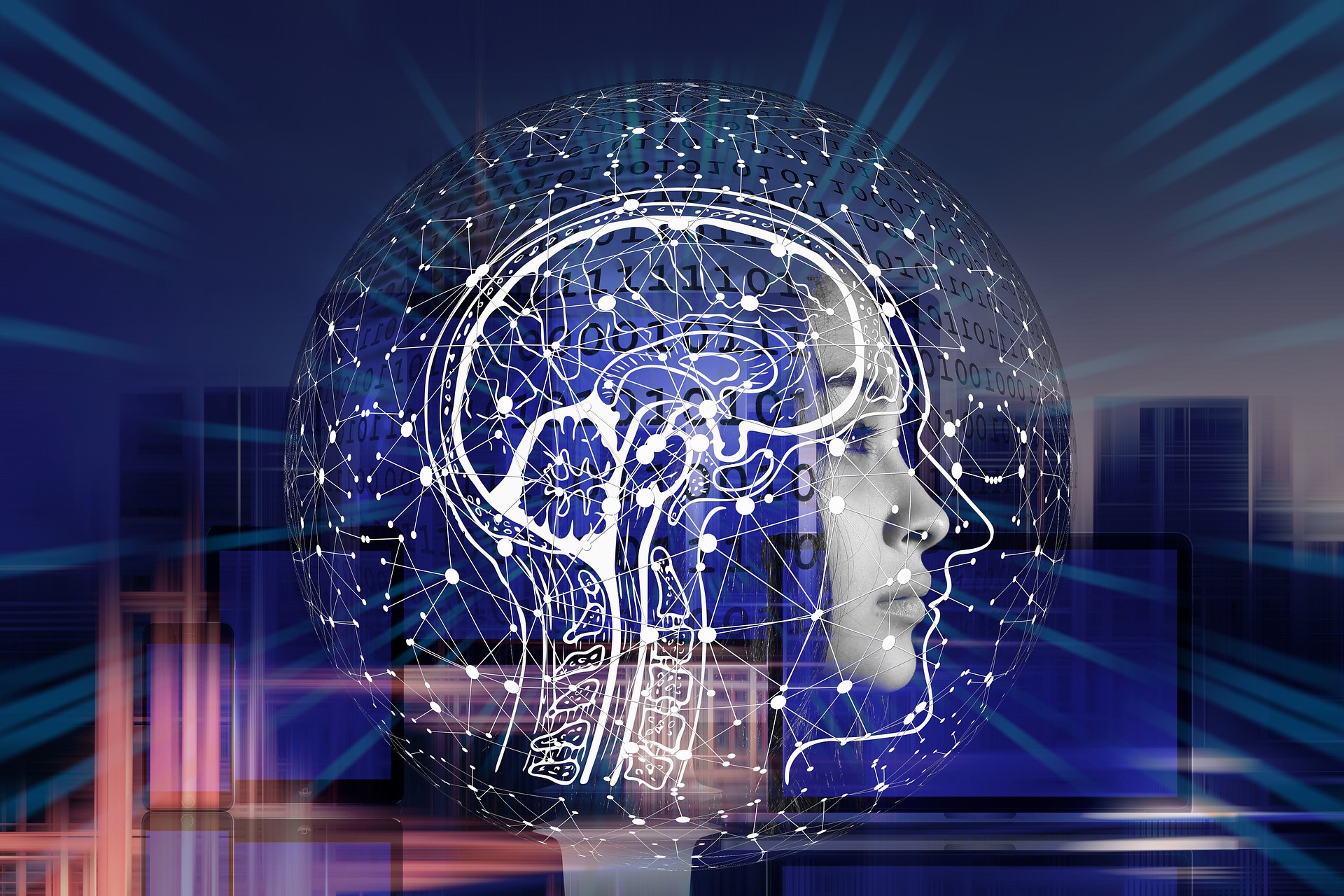
Harnessing the Power of AI and Machine Learning: A New Era of Innovation
Artificial Intelligence (AI) and Machine Learning (ML) are no longer futuristic concepts but present-day realities that are fundamentally transforming industries across the globe. From healthcare to finance, retail to manufacturing, these technologies enable businesses to operate more efficiently, make smarter decisions, and deliver personalised experiences at scale.
Artificial intelligence and machine learning are often used interchangeably, but ML is a subset within a broader category of AI.
Put in context, artificial intelligence encompasses the overall capability of computers to mimic human cognition and carry out tasks in various real-world environments. On the other hand, machine learning pertains to the technologies and algorithms that allow systems to recognise patterns, make decisions, and enhance their performance based on experience and data.
Understanding AI and Machine Learning
Artificial Intelligence (AI) refers to the simulation of human intelligence in machines that are programmed to think and learn in ways that both mimic and go beyond human capabilities. This encompasses a broad range of tools and technologies, from natural language processing (NLP) to robotics.
AI programs can analyse data to deliver insights or initiate actions automatically, without requiring human intervention.
Machine Learning (ML) is a subset of AI that focuses on building systems that learn from data and improve their performance over time without being explicitly programmed. ML algorithms can analyse vast amounts of data, recognise patterns, and make predictions with increasing accuracy.
By exploring and experimenting with machine learning, programmers push the boundaries of how much they can enhance a computer system’s perception, cognition, and actions.
Deep learning, a sophisticated approach within machine learning, advances the field further. It employs extensive neural networks modelled after the human brain that analyse data logically to recognise intricate patterns and make predictions autonomously, without human intervention.
Tools Used to Build AI Systems
Developers use a variety of tools and technologies to build AI systems. Some of the key tools include:
Programming Languages
Machine Learning Frameworks
Deep Learning Libraries
Data Processing and Manipulation Tools
Natural Language Processing (NLP) Libraries
Integrated Development Environments
Cloud-Based AI Services
Data Visualisation Tools
Transformative Impact Across Industries
Artificial Intelligence and machine learning provide organisations with the benefit of automating numerous manual processes related to data handling and decision-making.
Healthcare
AI and ML are revolutionising healthcare by enhancing diagnostic accuracy, personalising treatment plans, and streamlining administrative processes. Advanced algorithms analyse medical images to detect conditions such as tumors and fractures earlier than ever before. Predictive analytics helps identify at-risk patients and tailor preventive care.
Banking and Finance
In the financial sector, AI and ML are used for fraud detection and cyber security attacks, algorithmic trading, and customer service automation. Machine learning models analyse transaction patterns to detect anomalies and prevent fraudulent activities. AI-powered chatbots provide 24/7 customer support, handling routine inquiries and transactions efficiently.
Retail
Retailers leverage AI and ML to enhance customer experiences and optimise operations. Personalised recommendations, driven by ML algorithms, increase customer engagement and drive sales. AI is also used for inventory management, predicting demand, and automating supply chain processes.
Manufacturing
AI and ML are transforming manufacturing with predictive maintenance, quality control, and supply chain optimisation. Predictive models anticipate equipment failures before they occur, reducing downtime and maintenance costs. AI-driven analytics improve product quality and operational efficiency.
Key Benefits of AI and Machine Learning
Enhanced Decision-Making: AI and ML provide actionable insights by analysing complex data sets, enabling businesses to make data-driven decisions with greater confidence.
Increased Efficiency: Automate repetitive tasks and streamline workflows, freeing up human resources for more strategic and creative endeavors.
Personalisation: Deliver tailored experiences and products to customers based on their preferences and behavior, driving satisfaction and loyalty.
Scalability: Adapt and scale operations seamlessly with AI-driven solutions that grow with your business needs.
Challenges and Considerations
While AI and ML offer tremendous opportunities, they also come with challenges:
Data Privacy and Security: Ensuring that sensitive data is protected and used responsibly is crucial.
Bias and Fairness: AI systems must be designed to avoid perpetuating biases present in the data.
Skill Gaps: Organisations need skilled professionals to develop, implement, and manage AI and ML solutions.
The Future of AI and Machine Learning
As AI and ML technologies continue to evolve. Businesses that embrace these advancements will be better positioned to innovate, compete, and thrive in a rapidly changing landscape. Staying informed about the latest trends and developments in AI and ML will be key to leveraging their full potential.
